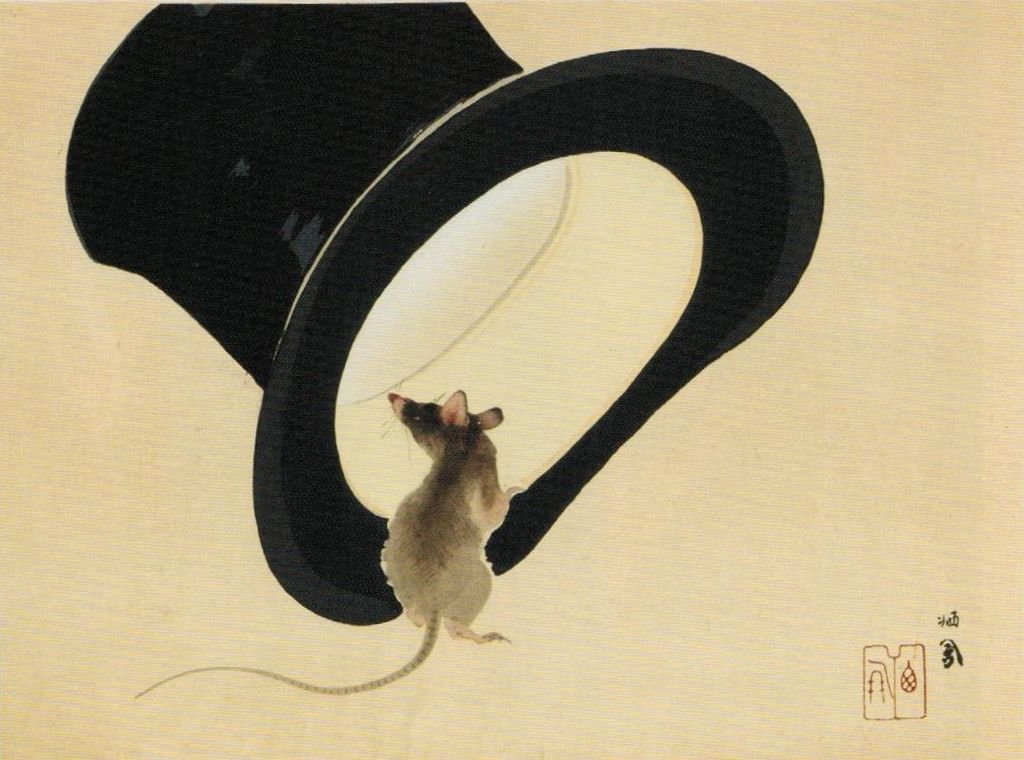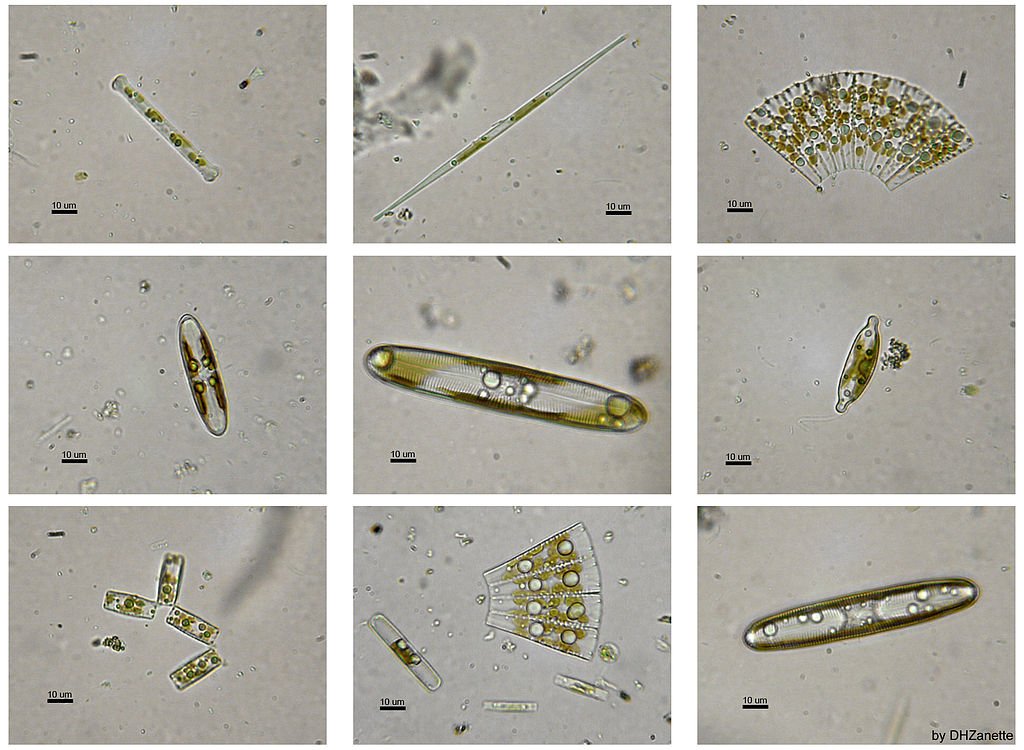
Mouse Heaven or Mouse Hell | Distillations | Science History Institute
“Ultimately Calhoun’s work functions like a Rorschach blot—people see what they want to see. It’s worth remembering that not all lab experiments, especially contrived ones such as Universe 25, apply to the real world. In which case, perhaps the best lesson to learn here is a meta-lesson: that drawing lessons itself can be a dangerous thing.”

Ruth Patrick's Lovely Creatures | Distillations
“In 1946 she gave the talk that marked the turning point of her career. Speaking at a meeting of the American Association for the Advancement of Science, she showed how species of diatoms, a type of algae that make their own silica armor, could be used to judge water health.”

Frogs Want to Be Heard | The MIT Press Reader
“Since then, Dauby has spent countless hours recording the sounds of the frogs of Taiwan. Eventually, the results of his endeavors were published on a now sold-out CD containing 16 pristinely realized audio portraits. That said, the project is far from completed.”

Helen M. Free and Alfred Free | Science History Institute
“Helen and Alfred went beyond testing for glucose and developed other strips for testing levels of key indicators of disease. Once they achieved success with a number of different test strips, they turned their attention to combining more than one test on a single strip.”

An 81-Year-Old Snapper | Hakai Magazine
Why did I start to think about fish age determination? I read an article in Hakai Magazine that an 81-Year-Old Snapper was discovered off the coast of Broome, Australia and, obviously, the first question was “How do they know? “ There is no shame in saying “I don’t know”, right?

Old Paintings Reveal How Fruits and Vegetables Have Evolved Over the Centuries | Vice
"Plant-based food is lavishly depicted by thousands of artists throughout the ages and offers a vast and unique insight into the stunning evolution in shapes and colors of our modern-day groceries," they wrote in an article published in the journal Trends in Plant Science.”
How Your Embryo Knew What To Do | Nautilus
“It took Proescholdt 259 trials over two years to repeat this result five times, enough to warrant publication, in 1924. To her annoyance, Spemann insisted on adding himself as first author on the paper, even though his male students enjoyed solo bylines. He would later win the Nobel Prize for the discovery; Proescholdt would be all but forgotten for more than 60 years.”